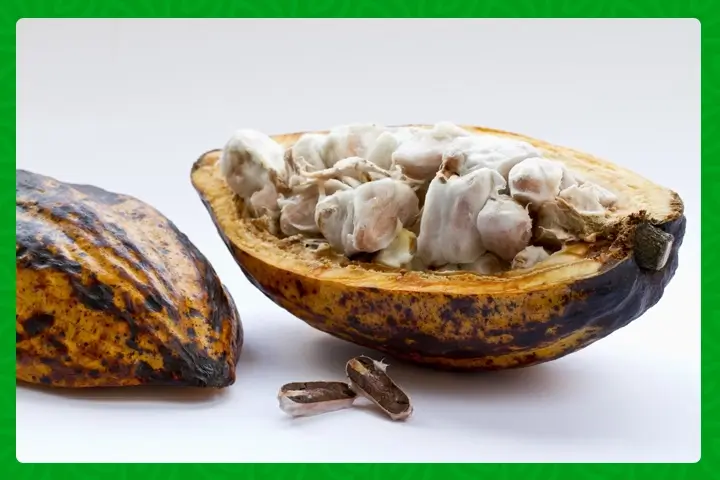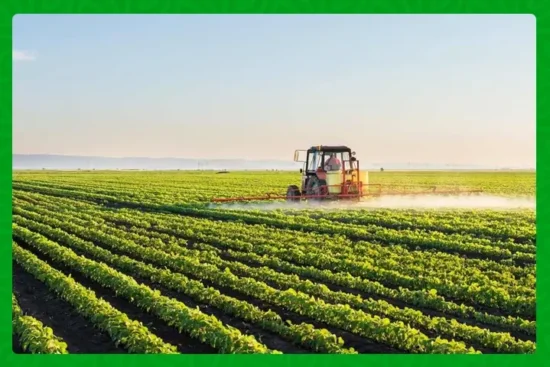
Ethiopia is quietly planting the seeds of a bigger export story, and this time the crop is chocolate. What began as experimental work at a research station in the southwest has quickly become a national push to make cocoa a commercial crop, diversify export earnings, and give local chocolate makers a homegrown supply chain. The plan is practical, patient, and built on real science.
Why cocoa now
For years Ethiopia has been famous for coffee, and coffee will remain a cornerstone of the farm economy. Yet dependence on a narrow range of cash crops leaves the export mix exposed to price swings and external shocks. Cocoa offers a different profile. It is a high value crop with steady global demand, and it opens doors to value added industry, from processing to branded chocolate for domestic and international markets. The idea is to turn fertile land into a new income stream for farmers, and to keep more of the chocolate value chain inside the country.
Science first: adapting cocoa to Ethiopia
The Ethiopian Institute of Agricultural Research, working through the Tepi National Spices Research Centre, has been testing a Forastero-type cocoa variety for adaptability, performance, and bean quality in southwestern growing conditions. Researchers have been deliberate about trialing varieties that suit Ethiopia’s diverse agro-climatic zones, because success will depend as much on matching plant genetics to local soils and rainfall patterns as on farmer training and extension services. That mix of research and field work is what moves an idea from lab bench to marketable crop.
A symbolic step: official registration and seedling distribution
The registration of the Forastero variety marks a symbolic shift. It is the first formal recognition of cocoa as a commercial crop in Ethiopia, and it clears regulatory and practical pathways for more widespread planting. During the most recent planting season research centres and government programs distributed more than 32,000 cocoa seedlings to farmers as part of a campaign to promote high value export crops. Those seedlings are small today, but they represent a practical commitment to scale.
From compound chocolate to single origin ambition
Local chocolate makers already exist in Ethiopia, but most currently make compound chocolate that relies on imported cocoa powder mixed with locally produced vegetable oil. That means value leaves the country before the wrapper is even printed. Growing local cocoa could change that logic, and create jobs in processing, packaging, and branding. Imagine Ethiopian chocolate with beans grown and roasted locally, marketed as single origin, and sold at a better margin than commodity imports. That is the economic prize at the end of this planting season.
Global tailwinds and real risks
Ethiopia’s timing is not accidental. Africa accounts for roughly 70 percent of global cocoa production, so the continent is already central to the world market, and buyer interest in origin, ethics, and traceability is growing. At the same time, cocoa prices have shown renewed momentum after the announcement that a major commodity index will reintroduce cocoa, a move that has drawn investor attention to the softs complex. Those market signals make the crop more attractive to policy makers and private investors.
That said, the global supply landscape is volatile. Poor weather, pests, and disruptions in top producing countries can push prices up and down. Recent slowdowns in shipments from some West African suppliers have trimmed export volumes and supported price rallies, a reminder that global dynamics will affect Ethiopian growers too. For Ethiopia to capture value rather than just ride price swings, investment in quality, processing infrastructure, and farmer livelihoods will be essential.
What success looks like
If Ethiopia gets this right, success will not be a single harvest. It will be visible in stages. Year one is about agronomy and seedlings taking root. Year three is about yields improving and processors setting up to transform beans into cocoa mass and powder. Year five is about brands and exports, with a portion of the chocolate consumed at home and the rest boxed for export markets that prize traceability and unique origin stories. In practical terms this means extension services that train farmers, credit schemes to finance young plantations, and buyers willing to pay premiums for well fermented and well dried beans.
Why farmers could benefit
Cocoa has a long maturation cycle, which is both a risk and an opportunity. It pairs well in agroforestry systems, allowing farmers to diversify income by integrating cocoa trees with shade, intercropping, and soil management. For smallholders, the crop can provide steady cash over many years when combined with good agronomic practice. The seedlings distributed this season are the start of that pathway, offering farmers a route to longer term and more predictable earnings.
A call for joined up investment
What Ethiopia needs now is coordination. Research must move hand in hand with private sector buyers, processing investments, and farmer support. Policy makers can accelerate progress by smoothing access to certification, facilitating public private partnerships, and directing seed funding to rural processing hubs. International development partners and impact investors looking to support climate smart, livelihood improving agriculture may find an attractive opportunity here.
Ethiopia’s cocoa push is a story about ambition grounded in science, and about turning curiosity into commercial potential. The seedlings planted this season are more than trees, they are a vote of confidence in diversification and value addition. With steady investment, thoughtful regulation, and market connections that value origin and quality, Ethiopia could find a sweet new chapter in its export story, one that puts more of the chocolate industry value chain into Ethiopian hands.


















